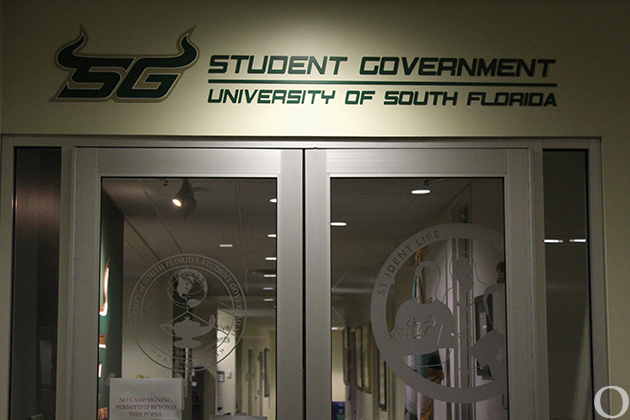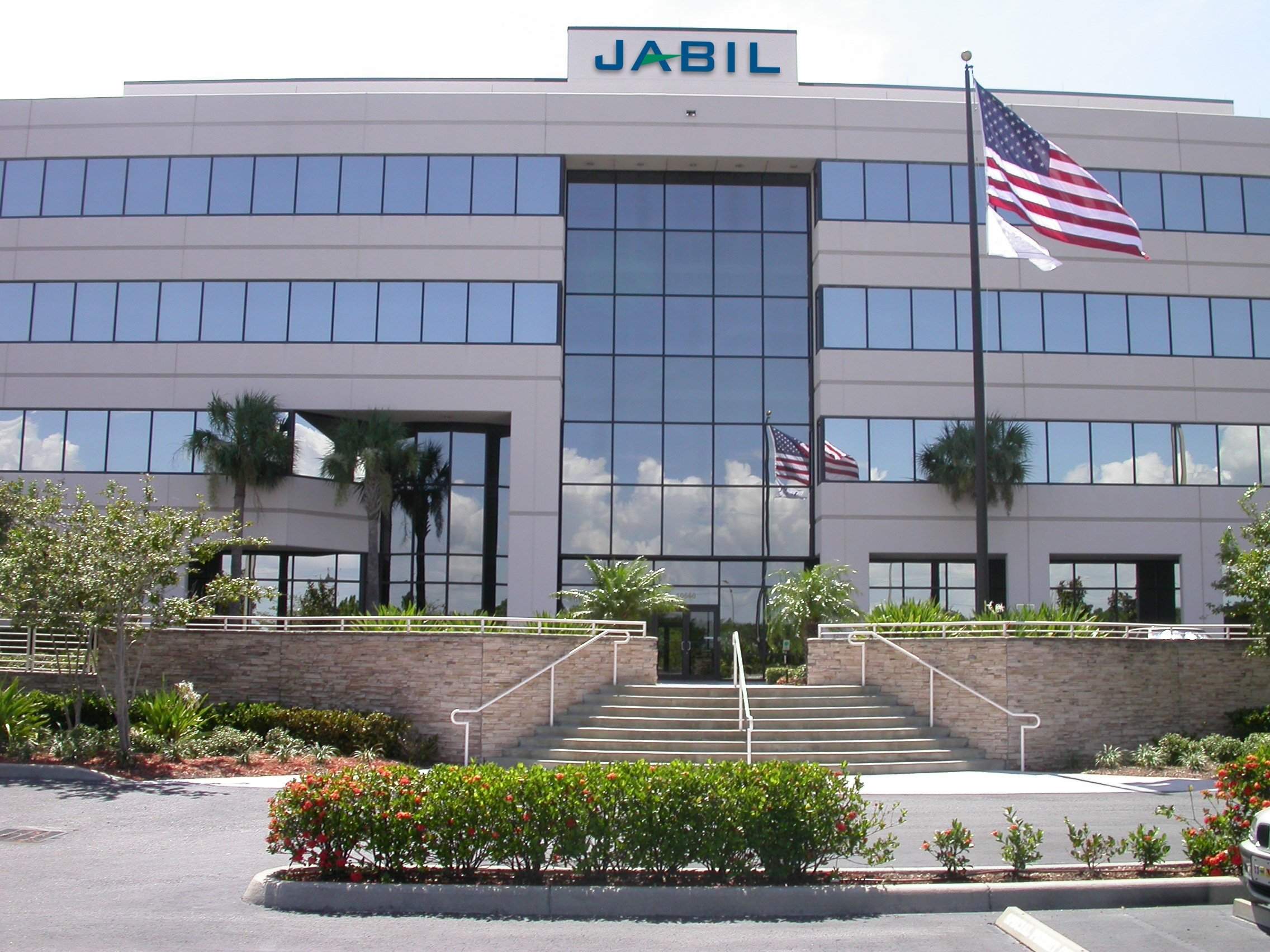USF researches underwater explosive detection
The detection of explosives and other types of chemicals has been an increasing priority for law enforcement and military agencies over the last few years. There have been vast increases in technology used to locate explosives in many types of settings. Researchers at USF’s College of Marine Science Center for Ocean Technology have developed a sensor that is capable of detecting the common explosive 2,4,6-trinitrotoluene (TNT).
“We were funded under the Office of Naval Research to develop sensor technology for underwater automated assessment, ultimately for the detection of underwater mines,” said David Fries, a COT researcher who helped develop the sensor.
Until now, the detection of underwater mines has been limited primarily to optical and sonar detection, explained Fries. “We took a tangent direction by trying to develop a chemical-sensing way to look at mines. Not as the only mechanism to sense mines, but as a way to augment the existing two methods,” he said.
The sensor uses electrochemical sensing to detect TNT. “It’s kind of using the same principles as how a battery works but using it in the capacity of sensing through an electrochemical reaction of a chemical species,” Fries added.
Fries said that one application of the sensor would be to detect bombs strapped to the underside of ships arriving at U.S. ports, a scenario that has worried the Department of Homeland Security.
“For port security, one plausible scenario is where you’ve got the chemical sensor along with the digital sensor and maybe a listening device. Rather than being worried about something on the sea floor, you can rotate 180 degrees and start looking at the underbelly of the ship. So now you’re looking and you’re hearing, then you’re going up close and smelling for the presence of explosives. Then you can do something about it.”
The sensor is mounted atop a guided surface vehicle (GSV) designed and constructed by USF chemist Eric Steimle. The GSV has a remote control range of about one mile, Steimle said.
“The vehicle was the deployment platform for the sensor. A sensor sitting all by itself on a seawall doesn’t do much good; you need to get out and move it around,” he said.
The sensor is not only able to detect the presence of TNT, but can also be used to detect heavy metal pollutants, Fries said.
The ability of the sensor to detect other chemicals helps make it applicable for businesses to employ the technology, Fries explained.
“The utility for business out there begins to increase because you can use the same sensor to start looking at different compounds,” Fries said.
“In addition to the industrial use of (the sensor), you can now also use these for regulatory assessments and/or environmental surveys to look at chemical levels from the natural environment too,” said Fries.
Xiaojuan Fu assisted Fries in the development and construction of the sensor. Fu explained that the sensor was designed with the potential need for mass production in mind.
Fries, too, commented on the product’s design. “We’ve made the sensor in a plainer format. In a material that is kind of new — water-resistant, printed circuit-board material — and now you can produce these as a kind of disposable sensor. We’ve also incorporated a microcontroller and wireless telemetry with it.
“So it’s an embedded total system that’s got electrochemical sensing, a small computer and the ability to do network communications all in a very small, miniature package. So we’ve kind of advanced it further as a total system.”
The technology of this sensor has obvious local importance in the Tampa Bay area. As one of the most active port areas in the southeast, the ability to detect levels of pollutants and also monitor for potential terrorist attacks provides a new level of security.





